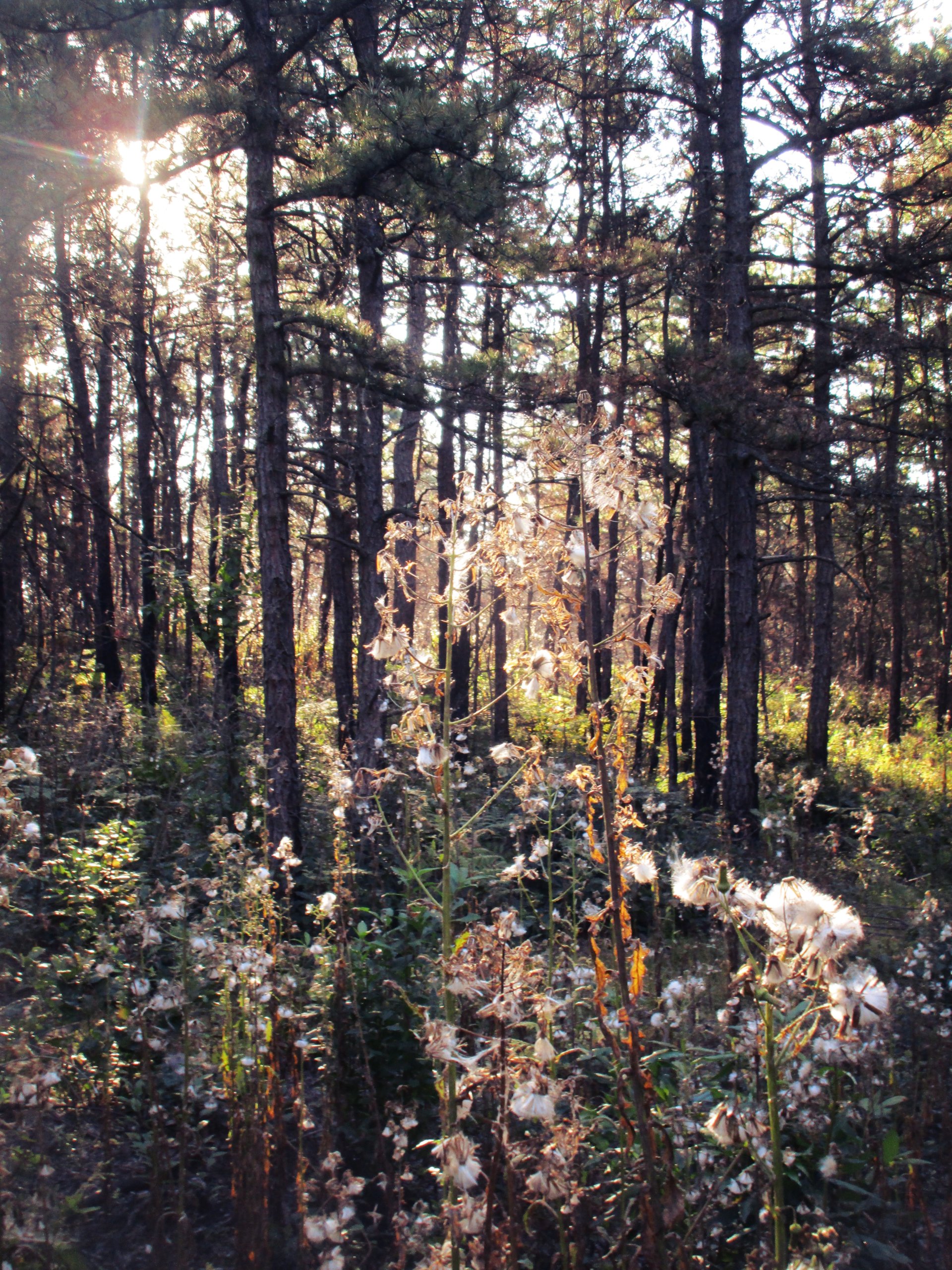By JILL BRYCE Gazette Reporter
COLONIE – The fate of the tiny Karner blue butterfly will be a factor when crews begin replacing a Route 155 bridge this spring.
Even the butterfly’s flight patterns have been taken into consideration in the design of the new $2 million bridge in the Albany Pine Bush, which will span the CSX tracks.
From May 15 to Aug. 15, no work will take place within the wetlands adjacent to the roadway, or within a 10-foot buffer area around the wetlands. This is the flying period of the adult Karner blue butterfly, a federal endangered species that lives in the preserve.
Richard Carlson, DOT’s planning and project manager, said all work on the new bridge was designed to have a minimal effect on adjacent wetlands. “This is in the heart of the Pine Bush. It raises unique sensitive problems we have to address. One thing we did is a preliminary investigation of the environmental issues,” said Carlson. He said DOT officials worked with the Albany Pine Preserve Commission, the state Department of Environmental Conservation and CSX Transportation in the design phase.
The state-protected preserve spans the towns of Guilderland and Colonie, and the city of Albany.
Other measures are being taken to protect the preserve during construction: only native Pine Bush soil will be used on the project. Invasive plant species within the highway right-of-way will be removed to improve the natural habitat for the Karner blue.
Other plants will be protected. A special seed mix taken from native Pine Bush plants will be used to replant the area. Special ground preparation work will be done, and the contractor will be required to dispose of waste material properly.
DOT also plans to restore a previously disturbed area near Apollo Drive to its natural state by seeding it with native grasses and blue lupine wildflowers, a plant required for survival by the Karner blue butterfly.
Preserve signs will also be installed on Route 155 and Washington Avenue Extension to welcome motorists to the preserve.
No large costs are associated with the additional environmental measures being taken, said Carlson, though no breakdown was available Tuesday.
Chris Hawver, executive director of the Albany Pine Bush Preserve Commission, said the state is working around the flight time of the butterfly. He said that while this will stop construction in one area near the wetlands, it will not delay the project.
The additional environmental safeguards by the state could generate criticism among some people, said Hawver, though adding that most people recognize the importance of the butterfly and of the Pine Bush. “People realize this is not just a place for a blue butterfly, but a place to hike and bike,” said Hawver.
The Route 155 bridge was built in the mid-1960s. Approximately 25,000 motorists use the 100-foot bridge each day.
When it was inspected last year, the bridge was given a condition rating of 3.9 (out of 7), which indicates major structural repair is needed.
DOT decided instead to construct a replacement bridge just east of the existing bridge; during construction the existing bridge will continue to accommodate traffic.
Impacts to traffic flow are expected in late summer, when the existing roadway approaches are tied into the new bridge. The road will be closed for one weekend to complete this phase and DOT will provide information at least two weeks prior to closure.
The project is expected to be complete by November.
The contract for the $2 million project was awarded to Harrison And Burrowes Bridge Contractors of Glenmont.
